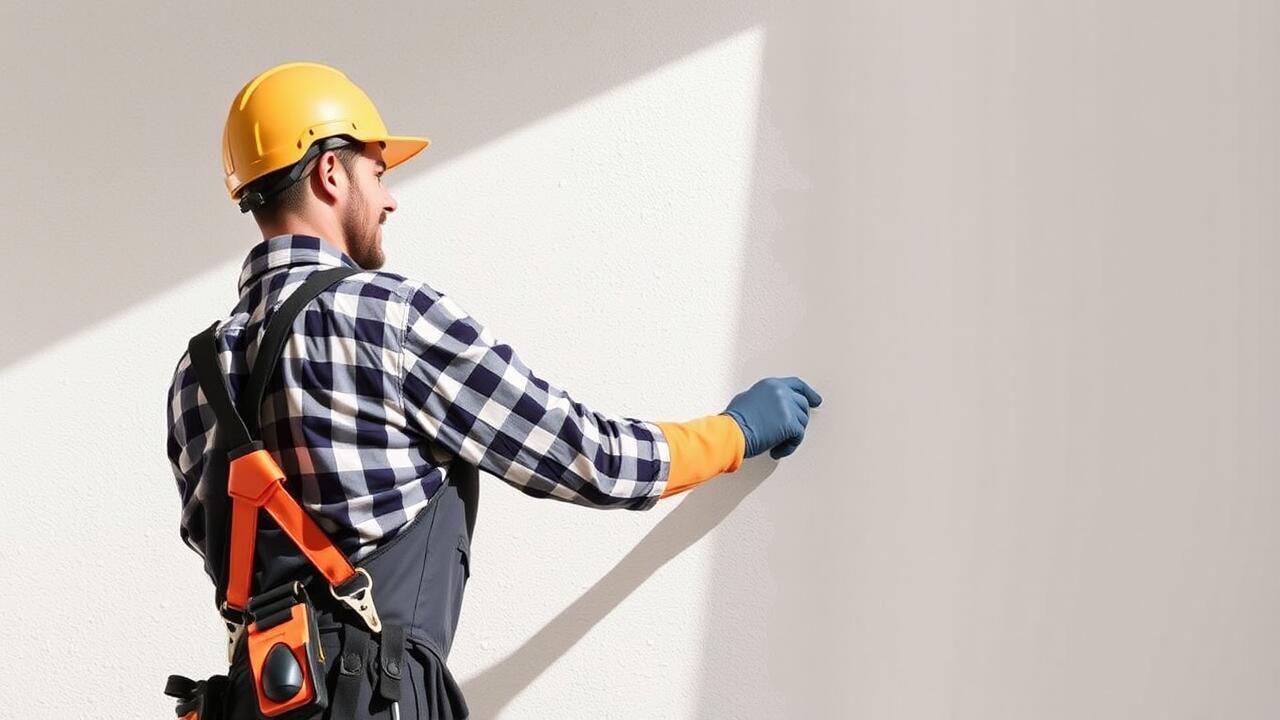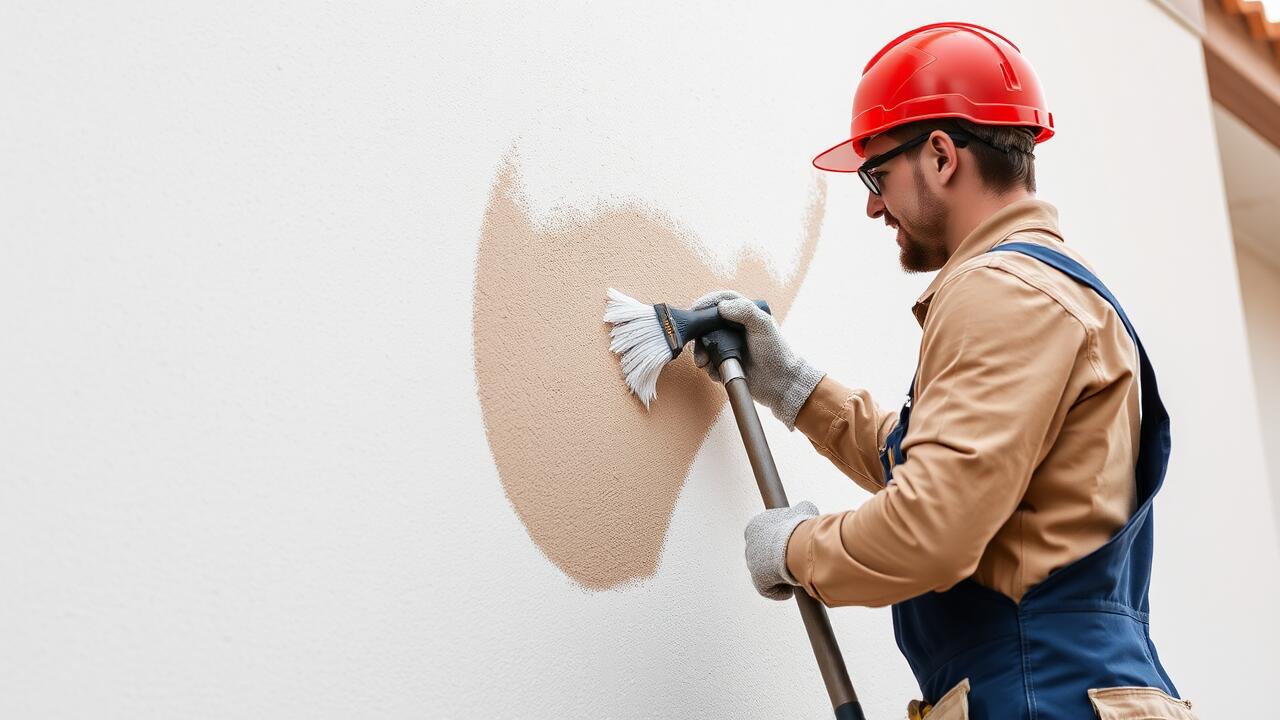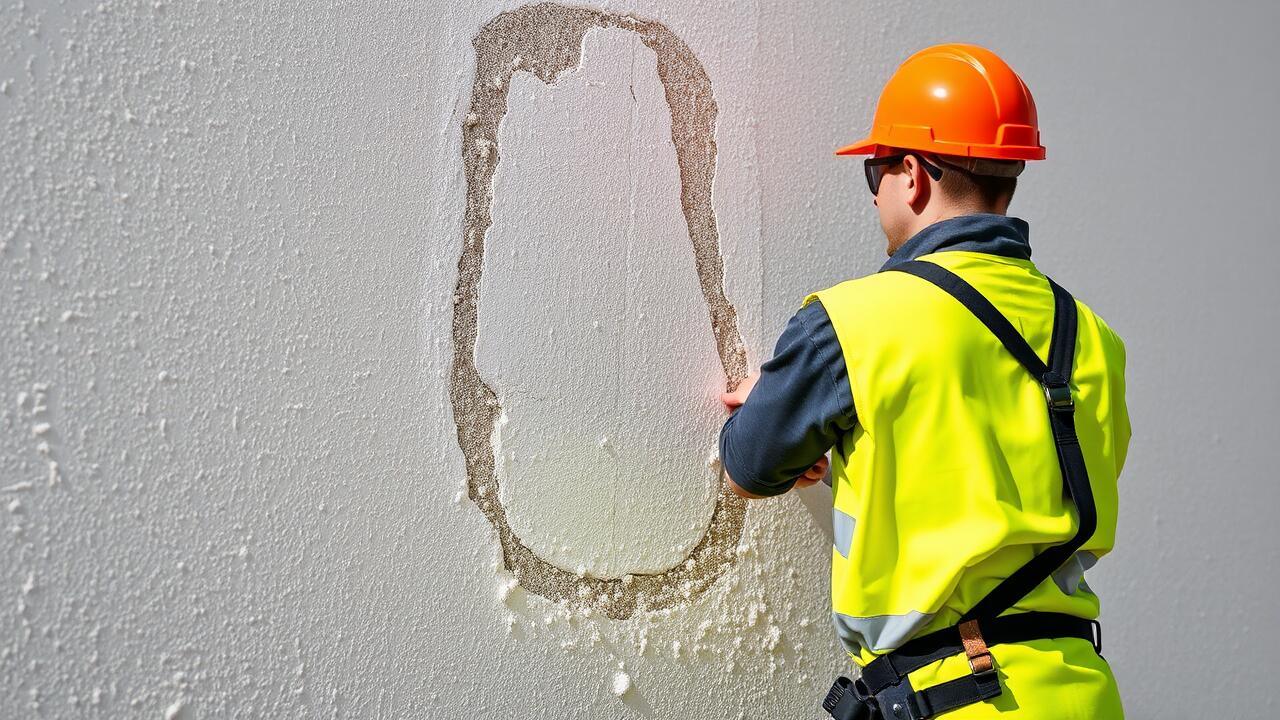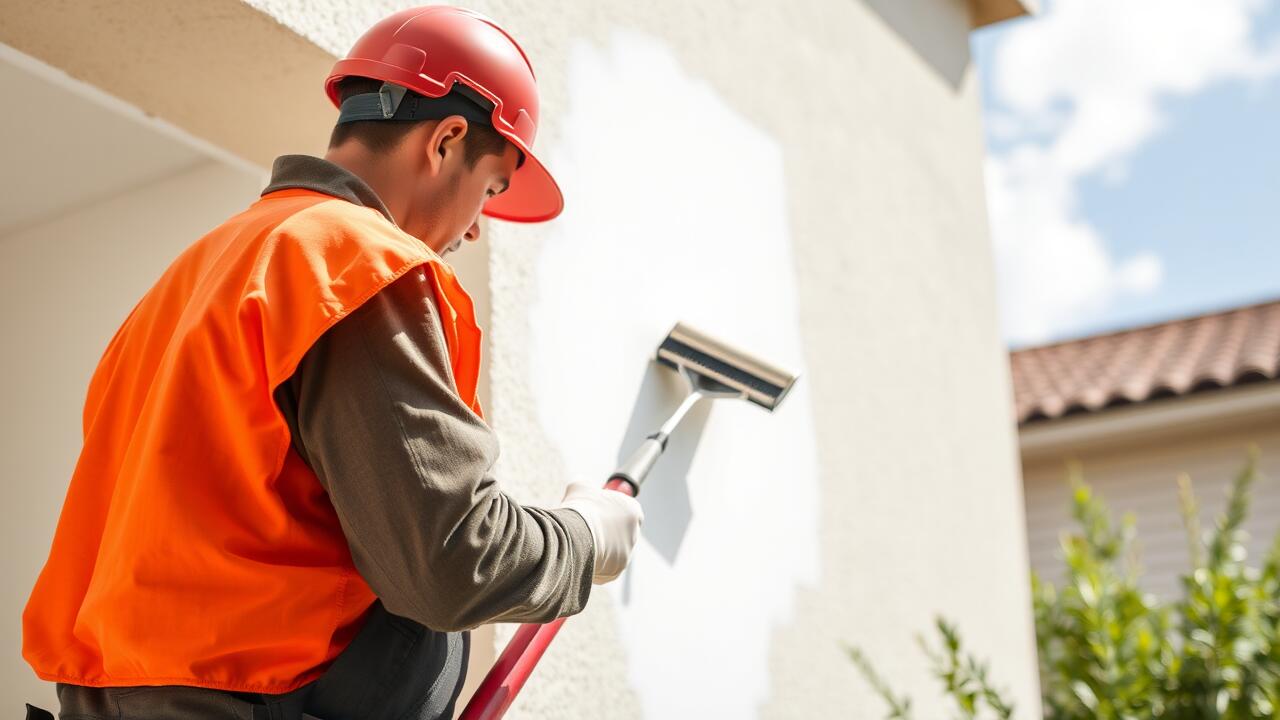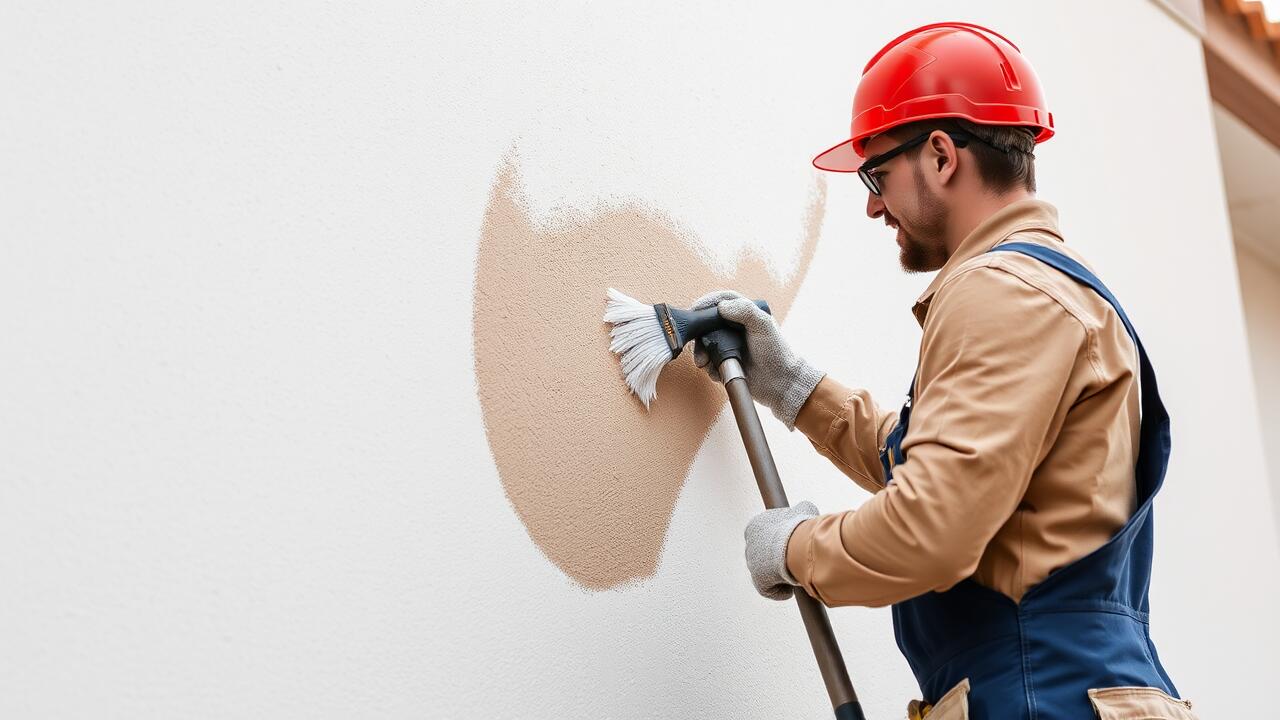
Timing Your Stucco Work with Seasonal Changes
Seasonal changes significantly influence the timing of stucco work, as each season presents unique weather conditions that can impact the application process. For instance, summer offers warmer temperatures, which can aid in drying but also pose risks of excessive heat that might lead to quick evaporation of moisture. Conversely, the cooler months come with humidity and rainfall, making them less ideal for extensive stucco projects. Careful planning is essential for achieving optimal results.
In areas like Palms, Los Angeles, where the climate can be quite variable, local weather patterns should guide the timing of stucco preparation. Successful stucco painting often requires a careful observation of seasonal nuances. Scheduling work during milder periods ensures that the materials cure properly and adhere effectively, providing a durable finish. Recognizing the interplay between the temperature and humidity levels can help homeowners and contractors alike to maximize the quality of their stucco application.
Best Seasons for Stucco Preparation
Choosing the right season for stucco preparation can significantly impact the quality of the finishing work. Mild temperatures and low humidity create optimal conditions for stucco application. Spring and early fall are often regarded as the best seasons since the weather tends to be stable, allowing for better curing. Too much heat or cold can lead to cracking or flaws in the material, which is why avoiding extremes during the preparation phase is crucial.
In places like Palms, Los Angeles, where weather can be unpredictable, keeping an eye on seasonal trends helps determine the best times to undertake stucco projects. Local professionals recommend spring for its moderate temperatures, making it easier for crews to work efficiently. Being vigilant about weather forecasts during these seasons ensures that any last-minute changes can be accommodated, ultimately leading to a successful stucco finish.
Assessing Local Weather Patterns
Understanding local weather patterns is crucial for effective stucco preparation. In regions like Los Angeles, where the climate can vary significantly between seasons, knowing the typical temperature range, humidity levels, and wind conditions can impact the success of your stucco application. This awareness helps in choosing the right time for preparation and ensures that the materials used will respond well to the local environment.
For those involved in Los Angeles stucco painting, closely monitoring weather forecasts becomes essential. Seasonal trends often dictate not only the ideal months for project execution but also the necessary precautions to take. Changes in humidity and unexpected temperature shifts can affect drying times and overall adhesion, leading to potential issues in the final finish. Having real-time data can aid in making informed decisions about timing and technique.
Utilizing Forecasts to Plan Projects
Forecasting plays a critical role in the successful preparation and application of stucco. By monitoring local weather forecasts, contractors can determine optimal conditions for mixing and applying stucco, ensuring that the material adheres properly and cures as intended. Factors such as temperature, humidity, and precipitation can impact the drying and bonding processes. Being informed about upcoming weather patterns allows for better scheduling, which can lead to a more efficient workflow and higher quality results.
For those involved in stucco projects in areas like Palms, Los Angeles, utilizing weather forecasts is particularly important due to the region's diverse climate. In specific months, conditions may shift rapidly, affecting the exterior application of stucco. Proper planning around these forecasts can prevent delays and complications. Understanding local weather tendencies enhances the decision-making process regarding when to undertake painting and finishing work, paving the way for a smoother stucco preparation experience.
Precautions for Extreme Weather Conditions
Extreme weather conditions can pose significant challenges during stucco preparation. Heavy rain or high humidity can weaken the application process, leading to poor adhesion or the formation of blisters. To prepare for rainy weather, cover the workspace with tarps or install temporary structures to shield the area from moisture. During hot spells, it’s important to protect the stucco from direct sunlight, as rapid evaporation can cause the mixture to dry too quickly and lose its integrity.
When temperatures plummet, additional precautions are necessary to prevent freezing. It’s essential to monitor nighttime forecasts for possible frost conditions. Using insulated tarps or heating equipment can help maintain an appropriate temperature for the stucco while it cures. Implementing these measures ensures that your project will withstand the elements, particularly in regions like Palms, Los Angeles where weather variations can be unpredictable.
Protecting Stucco from Freezing Temperatures
When preparing stucco in cold weather, it's essential to take specific precautions to protect the material from freezing temperatures. Failure to do so can lead to compromised adhesion and cracking. Using insulated tarps to cover freshly applied stucco can help maintain optimal temperature during the curing process. Engaging in this practice ensures the material retains the necessary warmth to bond correctly, which is critical for long-lasting results.
In the Los Angeles area, particularly in regions like Palms, the occasional drops in temperature can pose challenges for stucco projects. Local contractors often recommend waiting for temperatures to consistently stay above 40°F before starting any stucco work. Additionally, using special additives designed for cold weather can enhance the resilience of stucco mixtures, helping them cure effectively despite lower temperatures. Proper planning and protective measures are vital for achieving a durable finish in colder conditions.
FAQS
Why is the timing of stucco work important?
The timing of stucco work is crucial because weather conditions can significantly affect the curing process and overall durability of the stucco. Optimal temperatures and humidity levels help ensure a proper bond and finish.
What are the best seasons for stucco preparation?
The best seasons for stucco preparation are typically spring and fall, when temperatures are moderate and humidity levels are generally stable. These conditions help prevent issues like cracking and improper curing.
How can I assess local weather patterns for stucco projects?
To assess local weather patterns, you can check historical weather data, monitor seasonal changes, and stay informed about current and upcoming weather forecasts. This information can guide you in planning your stucco work appropriately.
What precautions should I take for stucco work during extreme weather conditions?
During extreme weather conditions, such as heavy rain, high winds, or freezing temperatures, it's essential to postpone stucco work. If unavoidable, take precautions like covering the work area, using windbreaks, and ensuring adequate temperature control for curing.
How can I protect stucco from freezing temperatures?
To protect stucco from freezing temperatures, consider using insulated tarps or blankets to cover the stucco while it's curing. Additionally, avoid applying stucco when the temperature is below 40°F (4°C) and use additives that enhance frost resistance.
